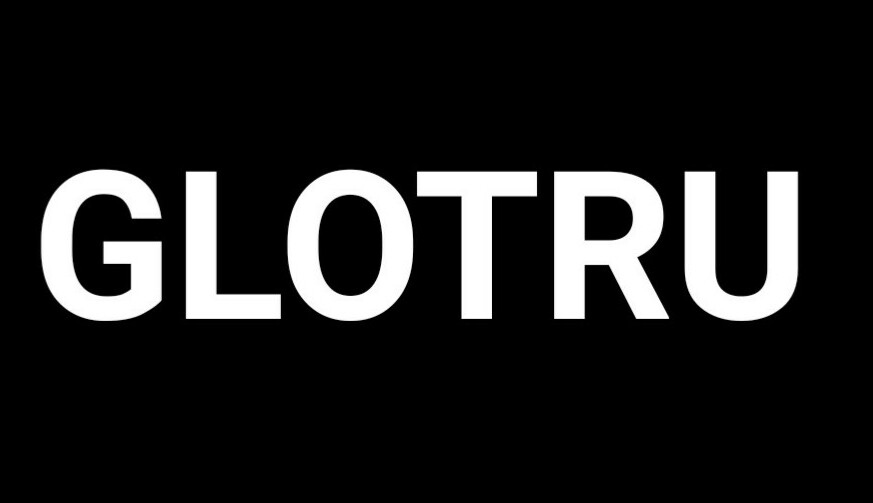CSS Align
CSS alignment refers to the positioning and arrangement of elements on a web page using Cascading Style Sheets (CSS). There are various properties in CSS that you can use to align elements both horizontally and vertically. Here are some commonly used CSS alignment properties:
- Horizontal Alignment:
text-align: This property is primarily used to align text content within a block-level element. It can take values likeleft,center,right, andjustify.margin-leftandmargin-right: You can use these properties to center an element horizontally by setting both margins toauto.float: Thefloatproperty can be used to align elements horizontally by floating them to the left or right.
- Vertical Alignment:
vertical-align: This property is typically used to vertically align inline or table-cell elements. It offers values liketop,middle,bottom, andbaseline.displayandvertical-aligncombination: By setting thedisplayproperty totable-celland usingvertical-align, you can vertically align block-level elements similar to table cells.
- Flexbox Alignment: Flexbox is a CSS layout module that provides powerful alignment capabilities. By applying flexbox properties to a parent container, you can control the alignment of child elements. Key properties include:
display: flex: Applies a flexbox layout to the parent container.justify-content: Aligns child elements along the main axis (horizontal axis by default) with options likeflex-start,center,flex-end,space-between,space-around, andspace-evenly.align-items: Aligns child elements along the cross axis (vertical axis by default) with values such asflex-start,center,flex-end,baseline, andstretch.align-self: Overrides thealign-itemsvalue for an individual flex item.
- Grid Alignment: CSS Grid is a two-dimensional layout system that offers precise control over element placement. Key properties include:
display: grid: Turns the parent container into a grid container.justify-items: Aligns items along the horizontal axis within a grid cell.align-items: Aligns items along the vertical axis within a grid cell.justify-content: Aligns the grid items along the grid container’s main axis.align-content: Aligns the grid items along the grid container’s cross axis.
These are just a few examples of CSS alignment properties. Depending on your specific requirements and the layout model you choose (such as flexbox or CSS Grid), you can use different properties and values to achieve the desired alignment of your elements.

